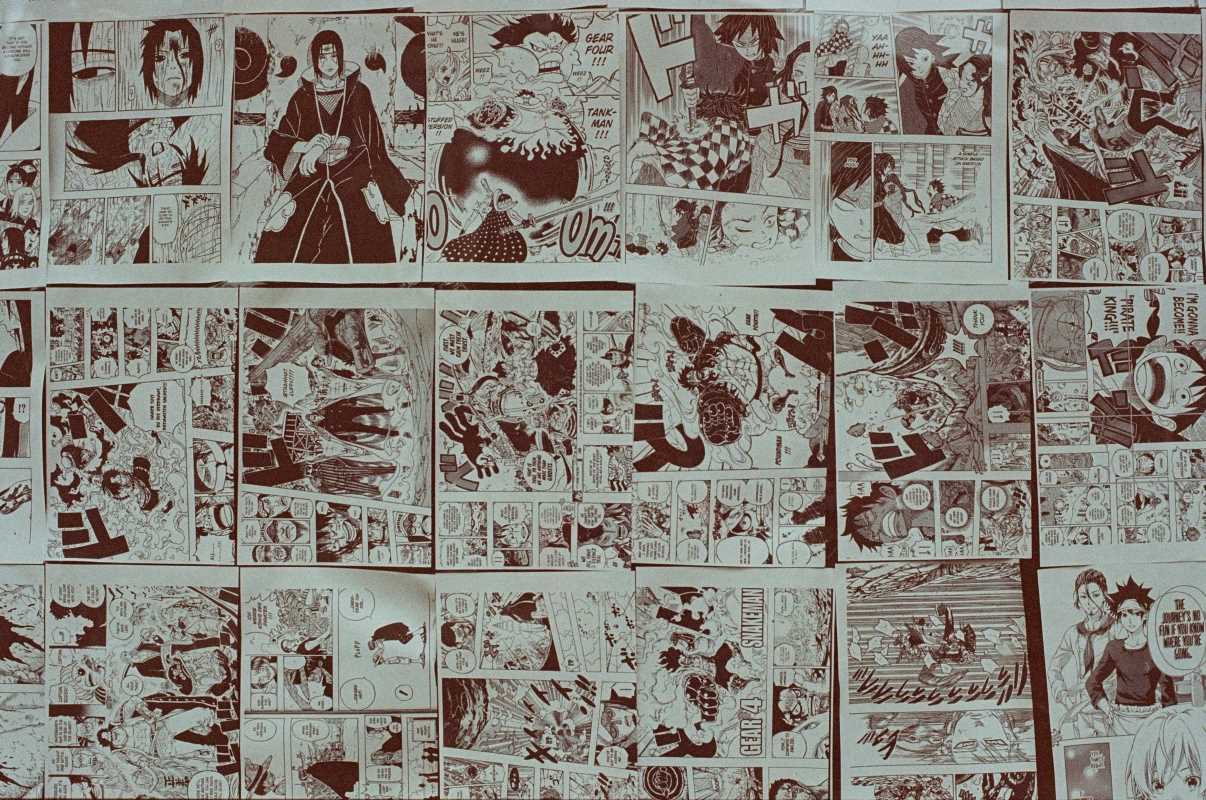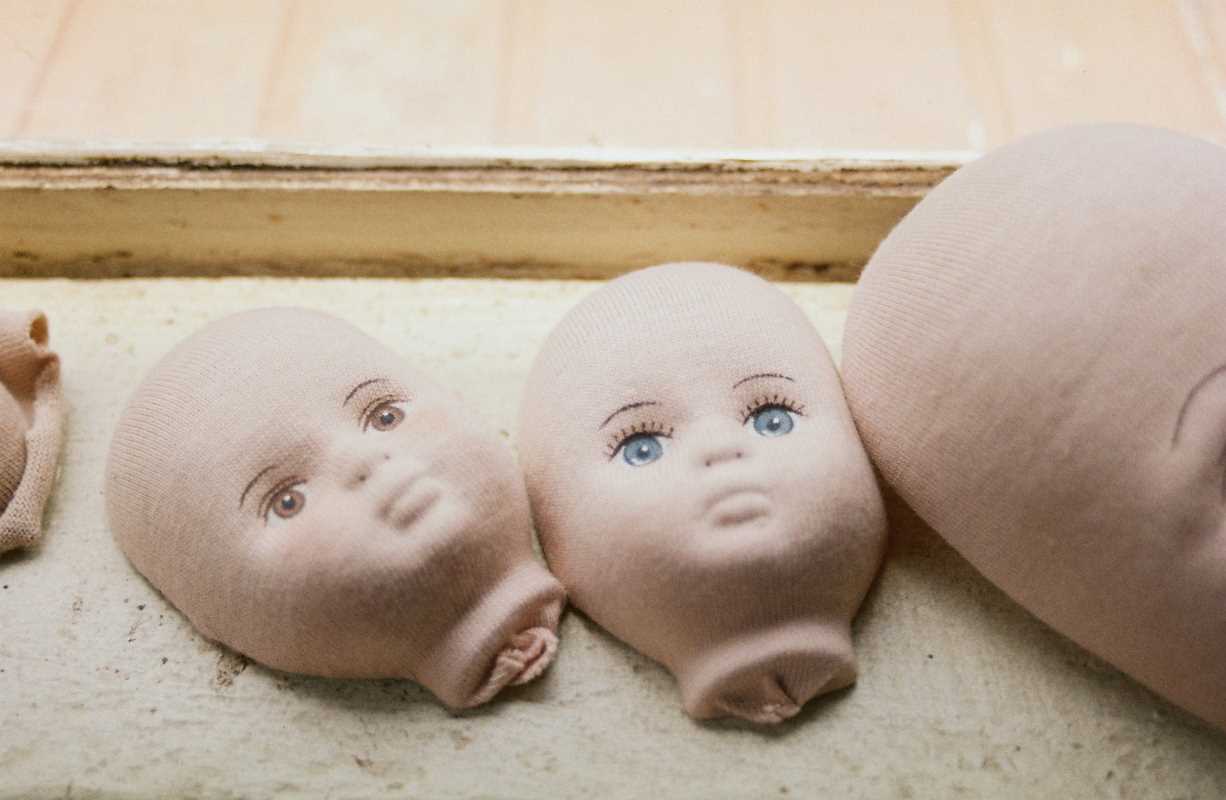Every blank page offers a fresh opportunity to spark creativity, with panels and speech bubbles poised to bring a lively story to life. A pencil in hand, along with a trusty ruler and eraser, sets the stage for drawing characters who respond to amusing situations and surprising twists. As you sketch, you capture the humor and charm found in daily life, giving each character a unique voice and personality. Simple tools and a playful approach help you create scenes that make readers smile, encourage curiosity, and inspire them to revisit your comic adventures time and again.
Creative Ways to Frame Your Plot
Visual storytelling thrives when you frame a narrative from surprising entry points—like beginning with a single expressive eyebrow raise or a sound effect that hints at mischief off-panel. These fresh angles anchor characters in events that feel alive, even if you sketch in monochrome. By focusing on how a paused gesture can hold tension or humor, you avoid the trap of predictable setups and keep viewers guessing until the punch line lands.
Think about how a silent panel of a protagonist’s drooping shoulders can speak volumes. When your panels convey emotion through posture alone, you discover layers of depth without relying on lengthy captions. This subtle approach sparks curiosity in anyone flipping through, inviting them to lean in and decode hidden feelings.
Change your pacing by starting in the middle of an action—like a spilled cup or a dramatic slip—to immediately immerse readers. Using an unexpected moment to launch into a short three-panel gag breaks the mold of rigidly linear scenes. It hooks interest and sets the tone that anything can happen in your next frame.
Key Tools and Techniques for Sketching
Organize essential drawing aids by their purpose: rough layout, refining lines, and adding texture. A soft graphite pencil (HB) works wonders for loose planning, while a firmer 2H pencil tightens edges. A vinyl eraser offers clean corrections without smudging outlines. Keep samples of crosshatching and stippling ready to test how light or shadow will interact with your character’s expressions.
- Sketch initial shapes lightly to map panel flow.
- Refine with firmer pencil strokes to define form.
- Vary line weight: use thicker lines for foreground, thinner for delicate details.
- Experiment with ink pens if you want crisp contrast or stick to pencil for a softer mood.
- Use tracing paper overlays to explore alternate backgrounds without erasing your original sketches.
Practical Tips for Creating Your Comic
- Panel Planning
- Purpose: Control story pacing and visual rhythm.
- Steps:
- Lightly sketch a grid on a scrap page.
- Label each square with a short description of the scene or action.
- Resize key panels to emphasize important moments.
- Tip: Use a slightly larger final panel for the punch line—it draws attention and gives the ending more impact.
- Character Silhouettes
- Purpose: Ensure character shapes are instantly recognizable.
- Steps:
- Draw a solid black silhouette behind your sketch to test readability.
- Erase interior details and clean up edges where limbs overlap.
- Add signature features like hairstyles, hats, or distinctive outfits.
- Time: ~10 minutes per silhouette
- Tip: Rotate your sketch 90° to spot awkward shapes or tangents that break silhouette clarity.
- Speech Bubble Arrangement
- Purpose: Guide the reader's eye and maintain narrative flow.
- Steps:
- Lightly sketch dialogue text in pencil, leaving consistent spacing around words.
- Ink bubble outlines using a steady hand or a curve tool.
- Erase pencil once the ink is fully dry.
- Tip: Tilt bubble tails slightly toward the speaker’s mouth, avoiding overlap with other elements to keep reading flow intuitive.
- Shading and Texture
- Purpose: Add dimension and visual tone with simple techniques.
- Steps:
- Choose a consistent light source for the panel.
- Apply parallel hatching at ~45° in shadow areas.
- Use light crosshatching sparingly to deepen shadows without losing clarity.
- Tip: Leave a small white highlight on reflective areas (like eyes or metal props) to add contrast and realism.
- Digital Capture
- Purpose: Create clean digital files of your hand-drawn work.
- Steps:
- Photograph your page in soft, even lighting.
- Ensure all page edges are aligned and not warped.
- Use free editing apps to crop, brighten, and enhance pencil visibility.
- Tip: Place your artwork on a dark matte surface to reduce glare and improve camera focus on linework.
Develop your unique visual style by exaggerating character proportions and adding signature textures or framing elements. Include recurring Easter eggs to engage your audience and create a personal touch. Refine your panels with fresh edits and share them for feedback—each step builds a style that’s recognizable, expressive, and entirely your own.
Draw, refine, share. Repeat. With everyday tools and curiosity, you will turn blank pages into moments that make people smile and spark interest.
 (Image via
(Image via





